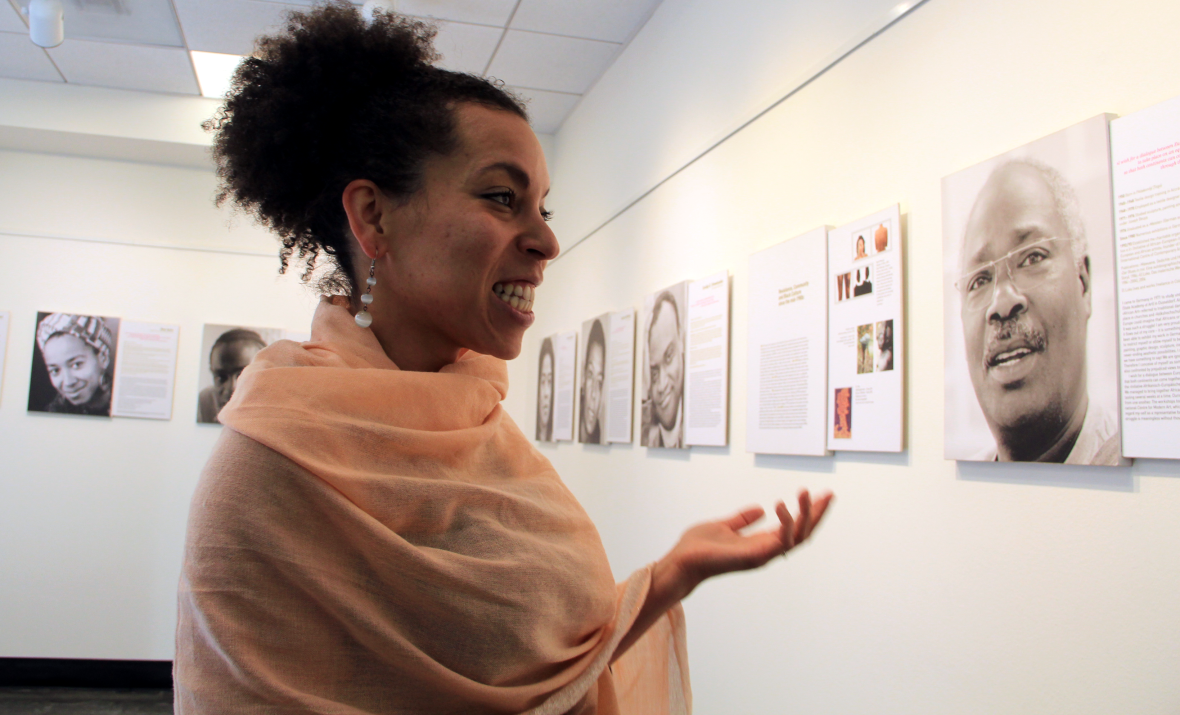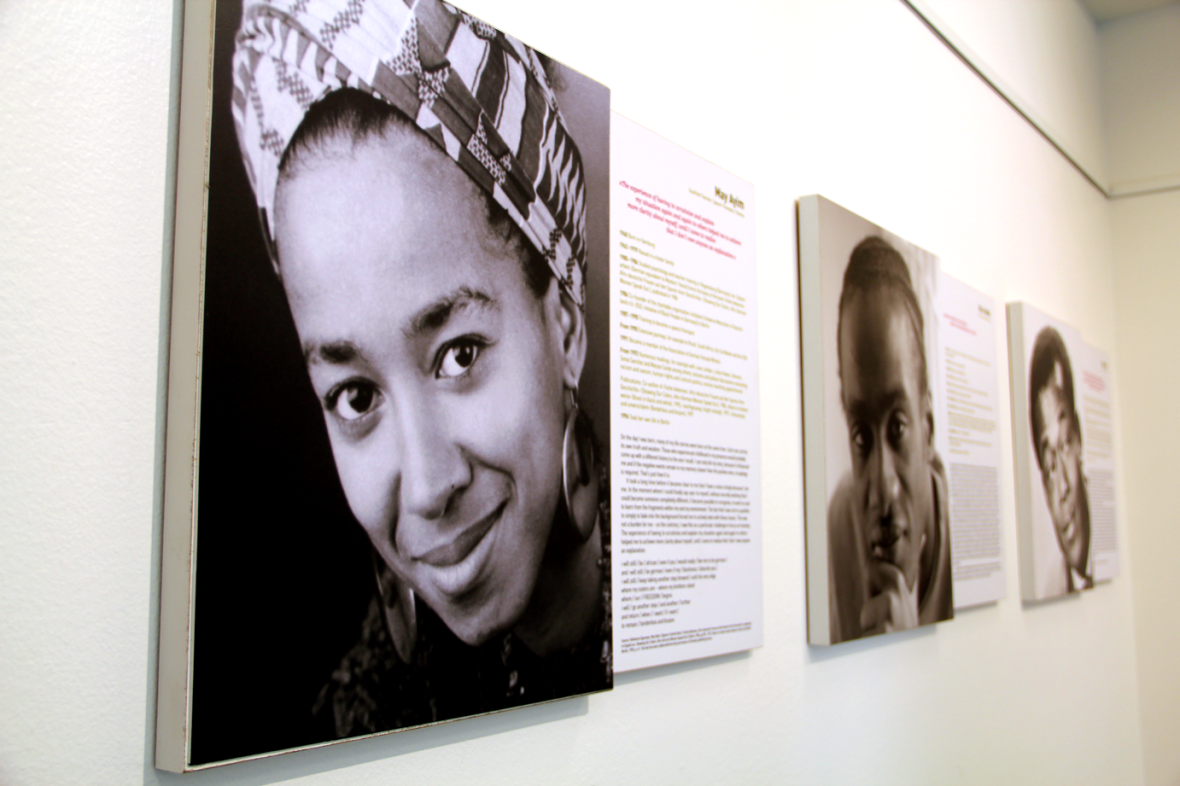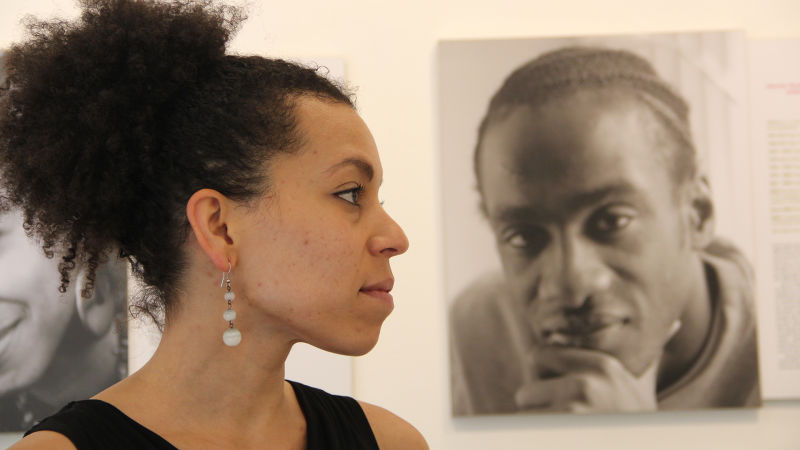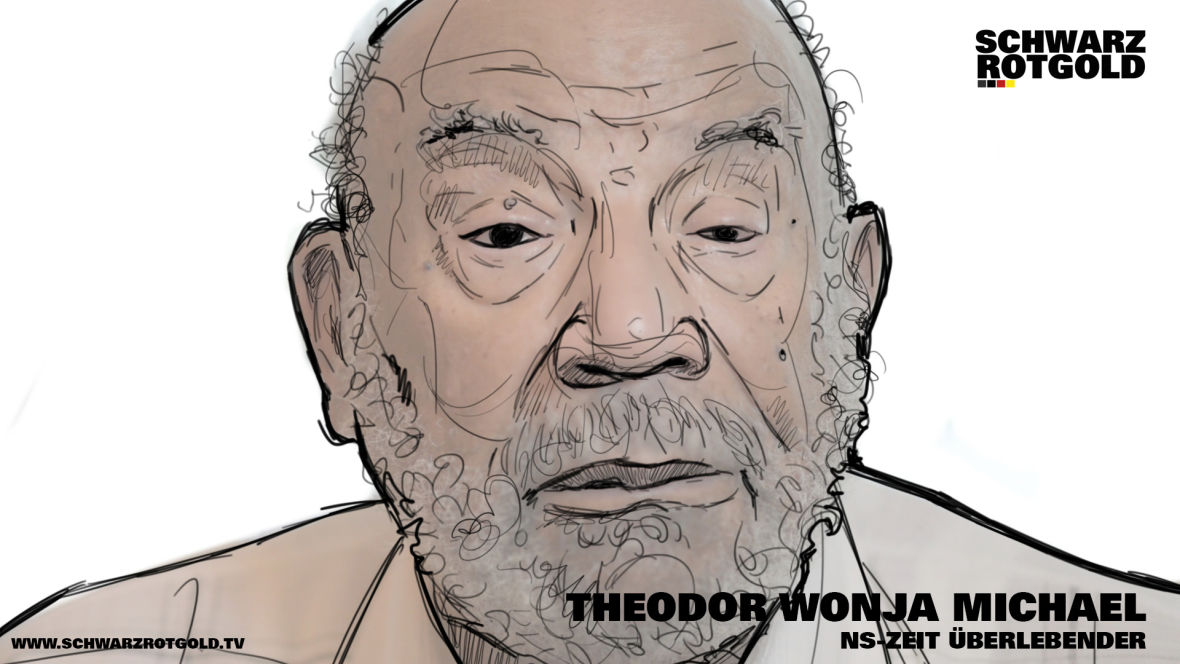At San Francisco’s Goethe Institut, Homestory Deutschland presents photographs of Afro-German men and women alongside their achievements in various areas of society. Much more than documents of history and identity, these photos and bios form narratives of the journeys many Afro-Germans undergo as they search for a sense of belonging.
The exhibition also includes a video series called Schwarz Rot Gold, tackling the topic of identity through a web series in which host Jermain Raffington interviews fellow Afro-Germans on race and life in Germany.

For Victoria Toney-Robinson, Homestory Deutschland is personal. She was active in Hamburg with the Initiative of Black People in Germany (ISD) and contributed writing to a profile featured in the show. Toney-Robinson moved to Oakland from Hamburg four years ago in search of an activist community and a sense of home.
This is her debut as program curator for the Goethe Institut. The event series features films and discussions based on Black German or Afro-German narratives. Toney-Robinson has already seen an increasingly racially diverse crowd attending the events.

As she took me around the exhibit to show me the different names and histories of the individuals featured, she paused at May Ayim’s picture. Ayim was a poet, activist and one of the founders of ISD; she took her own life in 1996. Toney-Robinson pointed to a photo of writer and lecturer Olumide Popoola on the next wall, whose brother also killed himself.



